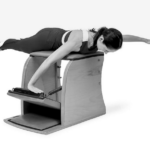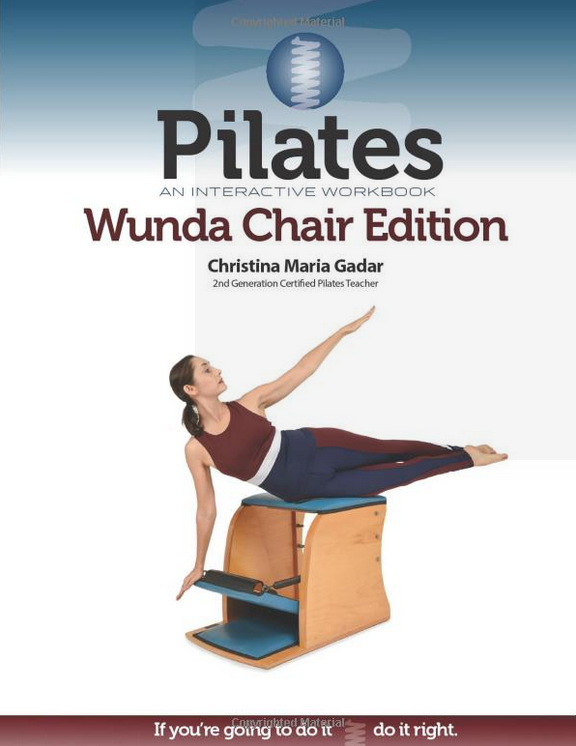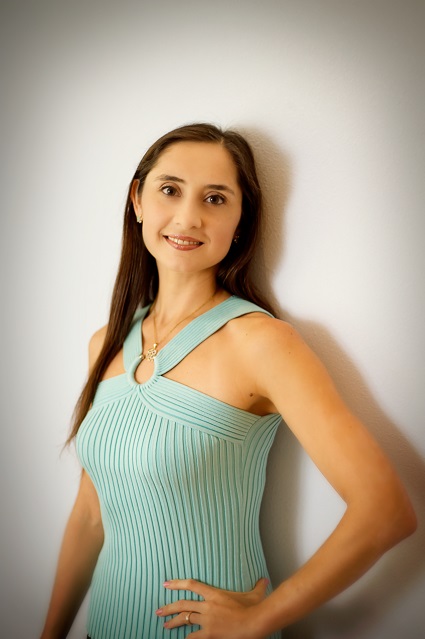Issue #346- Wednesday, September 22, 2021
The Wunda Chair
by Christina Maria Gadar
Joseph Pilates described his method of exercise as the science of controlling the body, mind, and spirit, and coordinating all three. But in addition to being the genius who developed Contrology, he was also a furniture builder who designed the exercise equipment for his Method. One of his most important designs was the Wunda Chair. Romana told me that Joe invented the Wunda Chair after watching Chinese acrobats rehearsing on a box. The acrobats would run toward the box and push off it to do flips. Joe decided that he could improve the box for exercise by adding a step with springs that could be arranged to provide a variety of resistances.
Joe wanted his students to have a home gym that would help them stay in shape when they could not get to the studio, which is obviously an idea that is more relevant today than it was back then! He sometimes referred to the Wunda Chair as the “home Reformer” because it was compact enough to fit into a small New York City apartment and versatile enough to provide a full body workout. He designed this exercise box to be used as a functional piece of furniture when it was not being used for exercise. As most Pilates Intel readers know, when the Wunda Chair is turned over, it becomes a traditional chair.
While many students are impressed by the clever design of the Wunda Chair, some are intimidated by it. The chair is small and the movable pedal is unstable, requiring the student to provide the stability. Wunda Chair exercises can be done standing, kneeling, squatting, sitting, or lying on the floor. Much like the Matwork exercises, they use the floor for stability. Wunda Chair exercises can also be done sitting, kneeling, or lying on top of the chair. In these exercises, the top of the chair provides a stable platform, but a smaller area of support. Wunda Chair exercises done standing on the pedal provide the ultimate challenge. In these exercises, the pedal functions much like the Reformer carriage, which provides some support with the added challenge of a moveable part.
In addition to being slightly intimidating, the Wunda Chair is a bit mysterious. Part of the mystery that surrounds the Wunda Chair exists because every teacher has his or her own approach to organizing the workout. The Matwork and the Reformer routines have a distinct order and the labeling of basic, intermediate, and advanced provides students and teachers with a guide for when to introduce additional exercises. But with the Wunda Chair, a simple change in the spring setting can turn a basic exercise into an advanced move. This possibility makes the Wunda Chair fascinating to some and confusing to others.
My goal in my first book, Pilates: An Interactive Workbook, was to provide students with a guide that would help them develop a sense of autonomy in their personal workouts done between their lessons in the studio. I had not intended to create additional workbooks for the various pieces of Pilates equipment, but I decided that an exception should be made for the Wunda Chair, because Joe created it for home use. I hope that Pilates: An Interactive Workbook, Wunda Chair Editionwill give readers a deeper appreciation of the Pilates Method and the man who created it.
FEATURED EXERISE: ARCHIVAL PUMPING ONE ARM SIDEWAYS
General Purpose: The Archival Pumping One Arm Sideways strengthens one side of the torso at a time.
Standard Set-up: 1 spring in the middle.
Suggested Sequence:
Getting into Position: Lie facing down on top of the chair with your body parallel to the pedal and your legs long and together. Put your hand on the pedal with your fingertips pointing forward, elbow close to your body. You can extend your other arm out to the side, or put it behind your head.
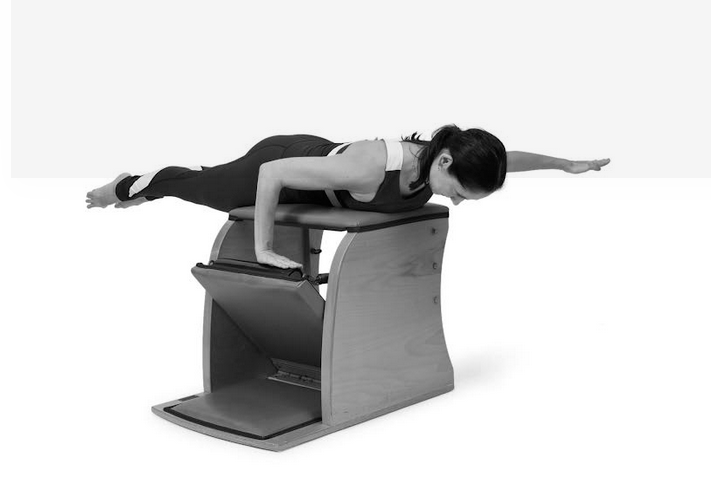
Pumping One Arm Sideways: Pump your arm 3 times. After the third pump, hold the pedal down with your arm straight for three counts. Repeat 2 more sets on the same side.
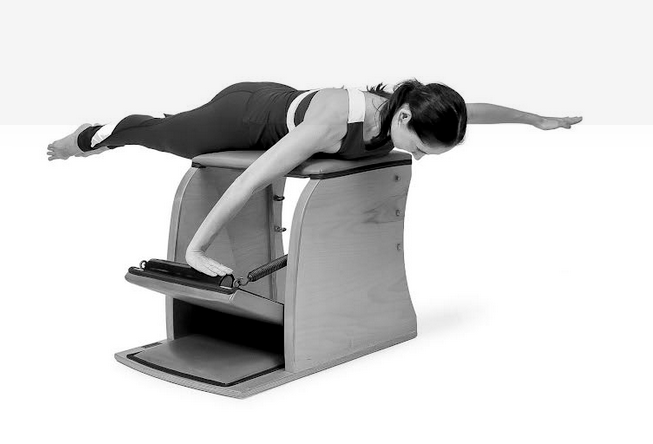
Repetitions:
- Perform 3 sets of 3 pumps on each side.
- If you have a weaker side, pump your weaker arm first. After 3 sets on your weaker side, repeat 3 sets on your stronger side, followed by 3 additional sets on your weaker side.
Notes:
- Keep your shoulders even as you move your arm.
- Keep your powerhouse muscles active as you lie on your stomach.
- If you feel pressure in your low back, separate your feet slightly.
Christina Maria Gadar
Christina Maria Gadar is a 2nd generation certified Pilates teacher, trained and certified by Joe’s student, Romana Kryzanowska. Christina teaches private and semi-private lessons in her studio in Sarasota, Florida, and is also available for private and semi-private lessons on Zoom. In addition to teaching Pilates, Christina is a published author of six Pilates books (all available on Amazon), she is an international presenter (currently teaching monthly classes for The Pilates Link), and she is the creator of the Pilates Animals Workout® for children.Christina’s latest passion project is Open Access Pilates Archives on Instagram, which she created to openly share access to the archival Pilates work and vintage Pilates apparatuses, as Joe would have wanted. Website: www.pilatespersonaltraining.com Contact: gadarpilates@gmail.com Amazon Bookstore: www.amazon.com/author/christinagadar Open Access Pilates Archives: www.instagram.com/open_access_pilates_archives

